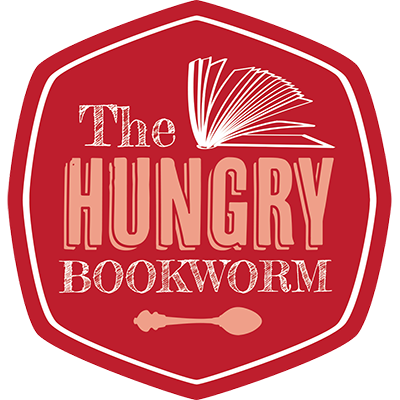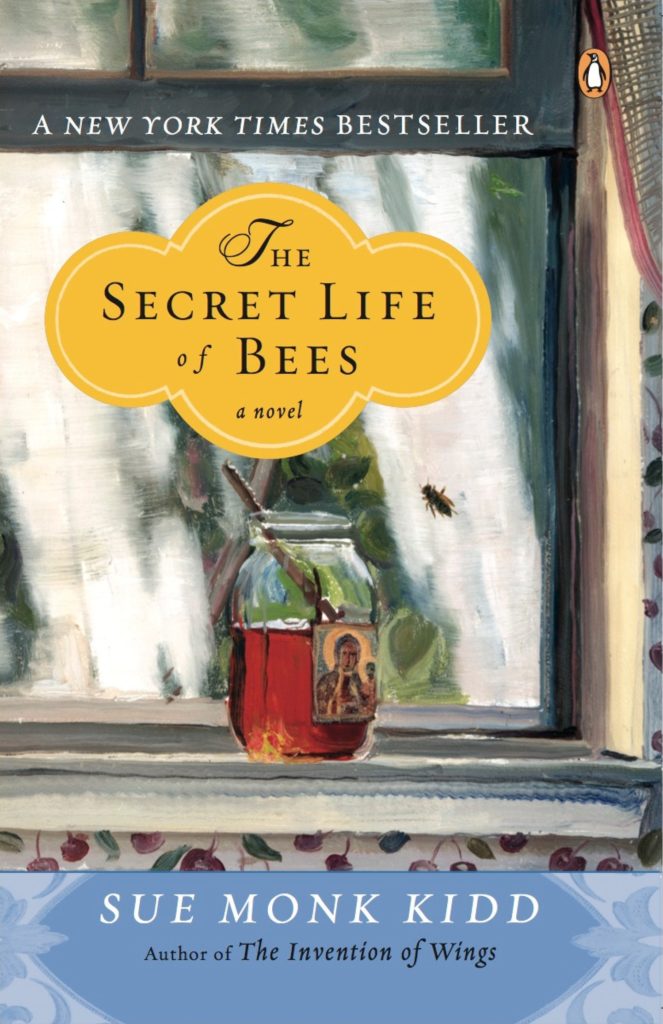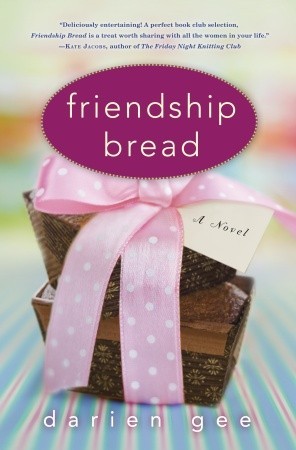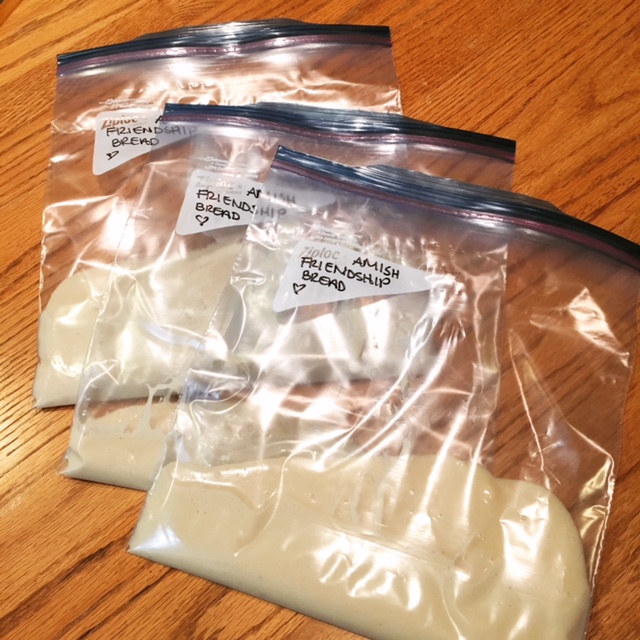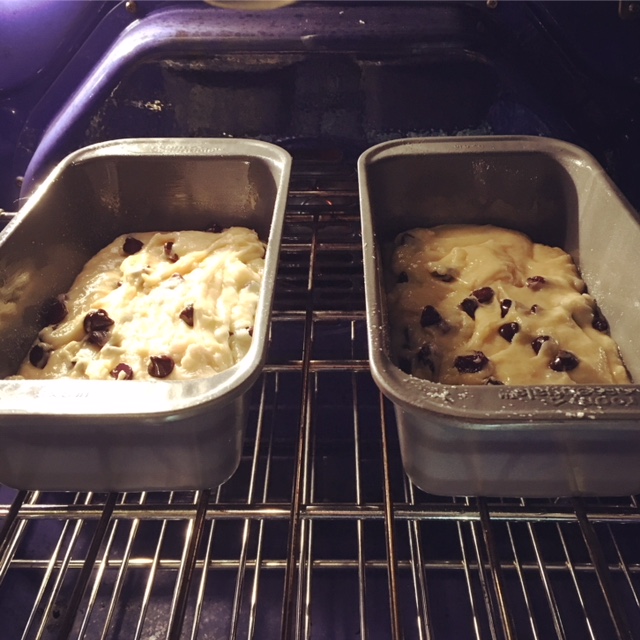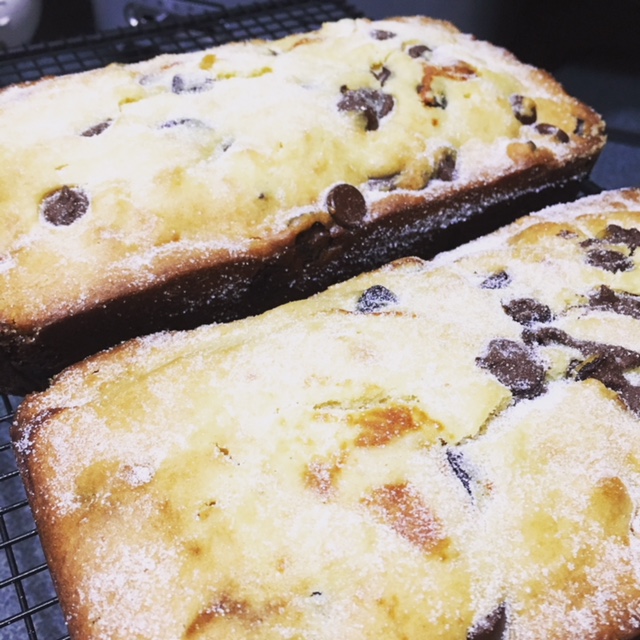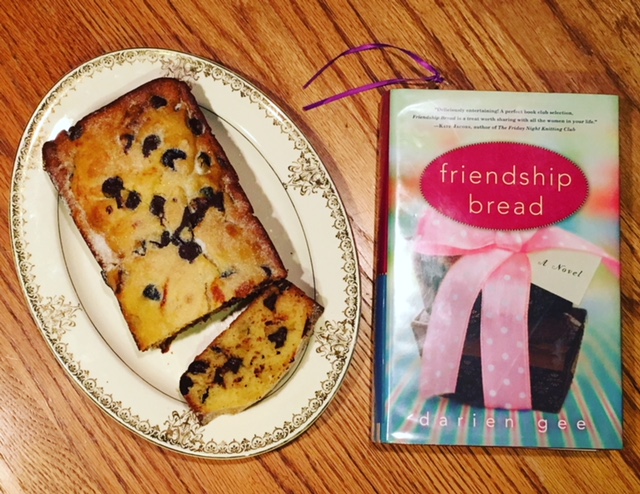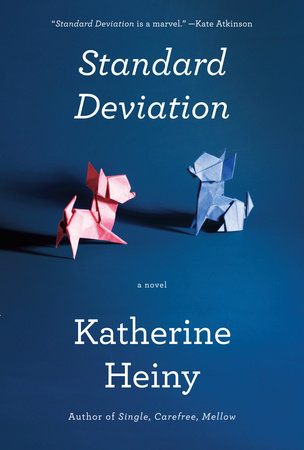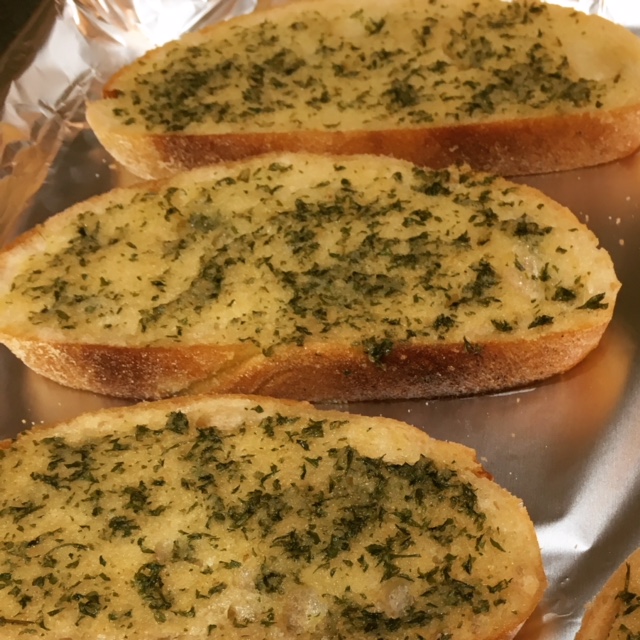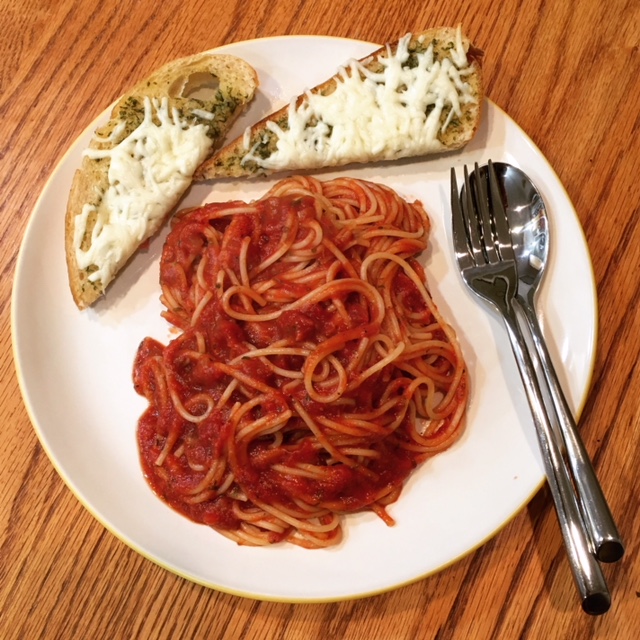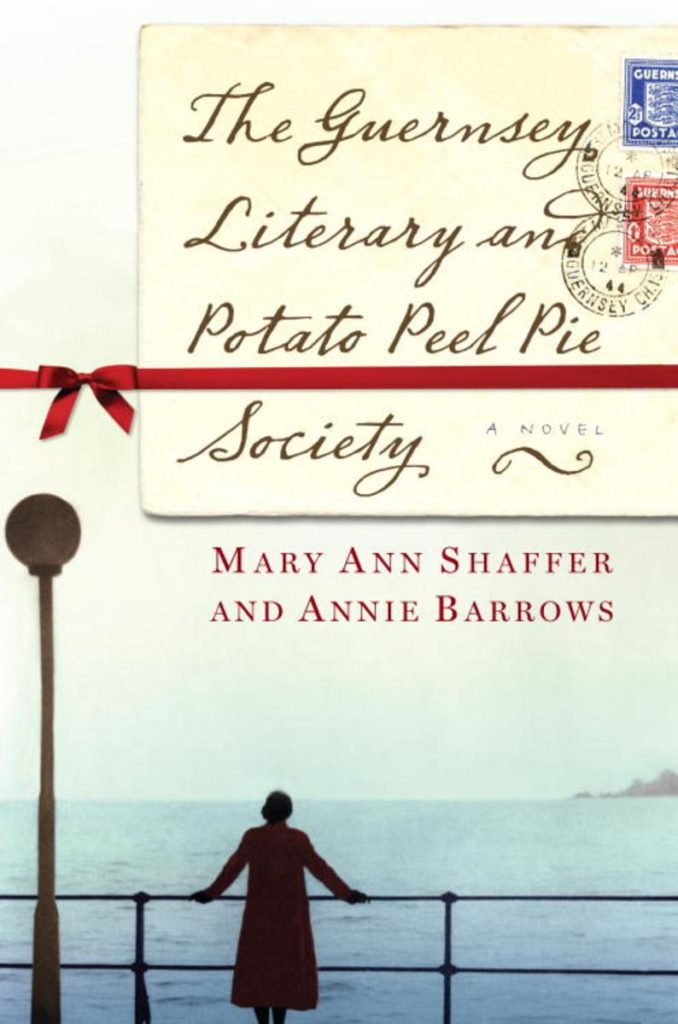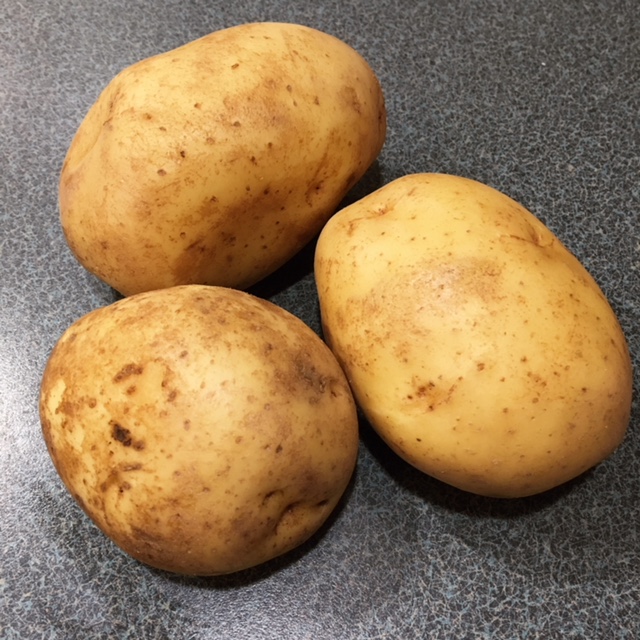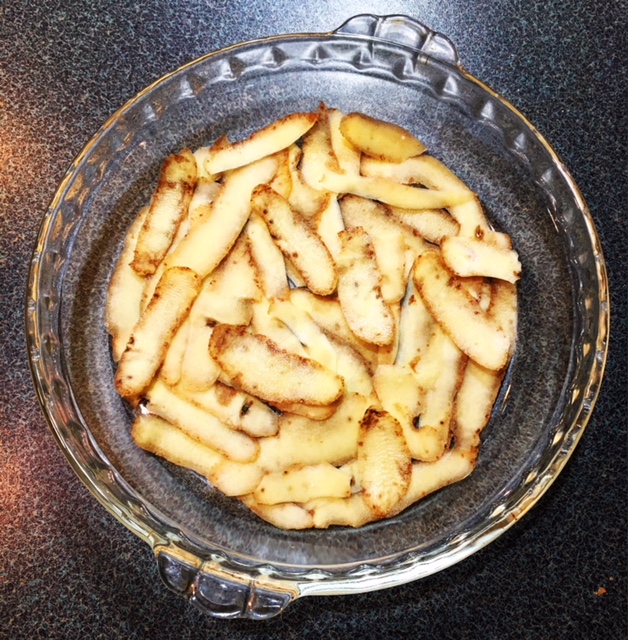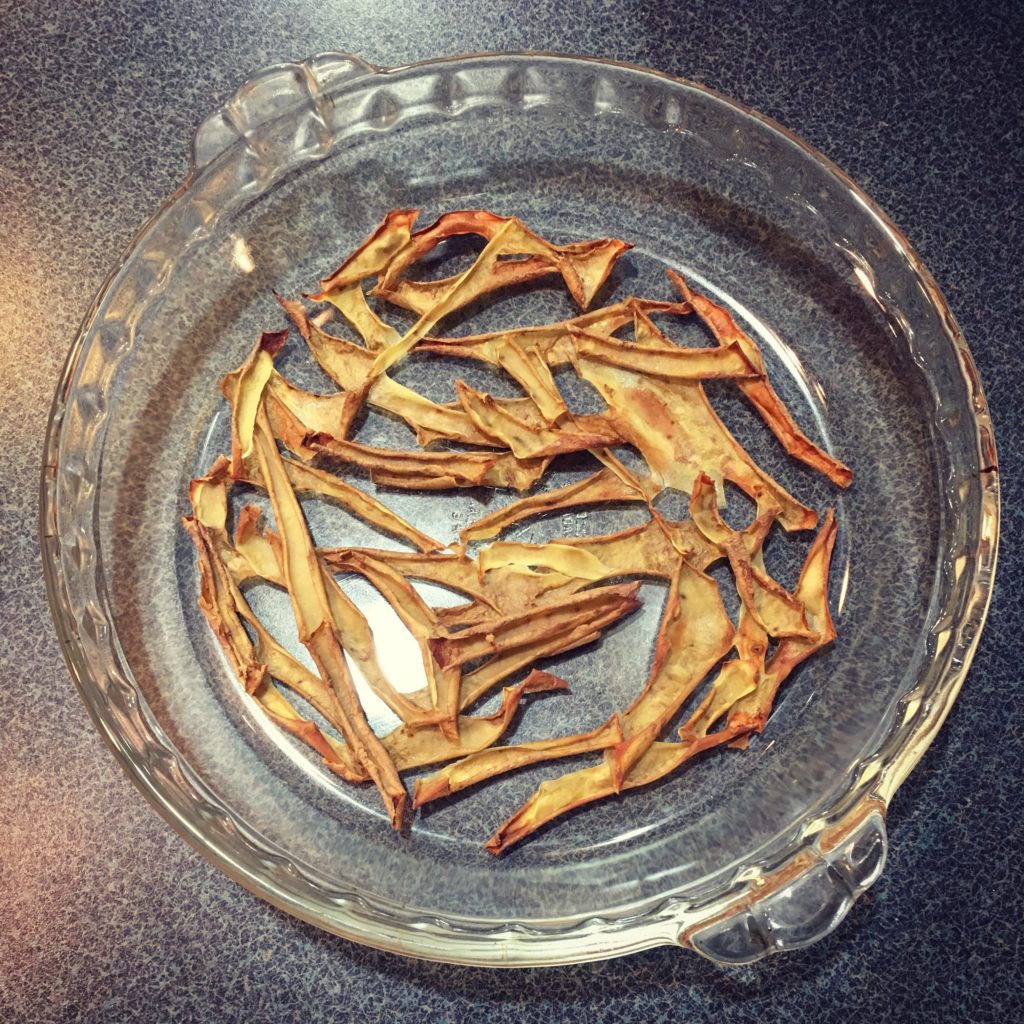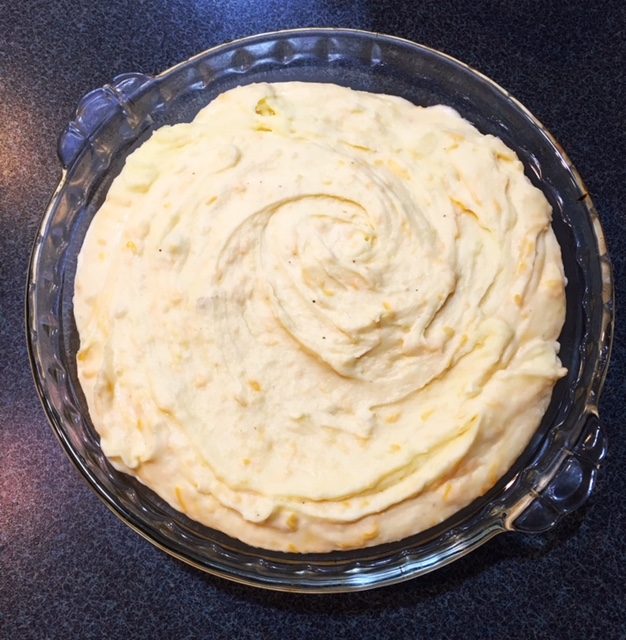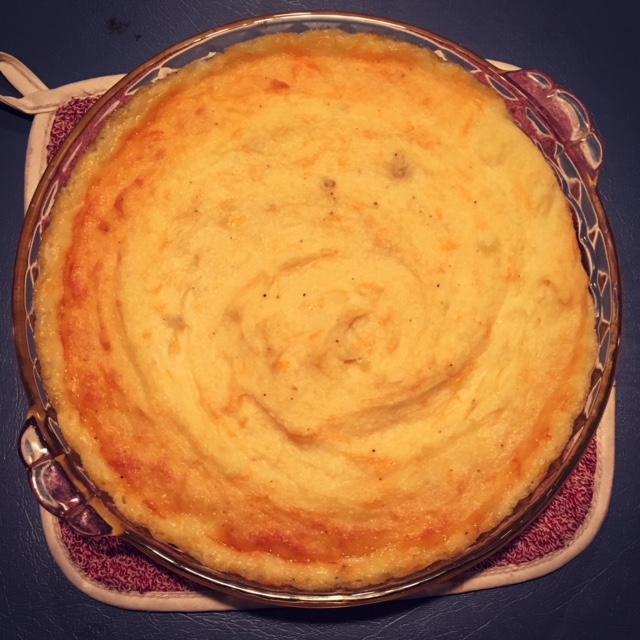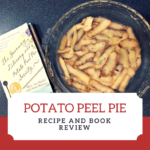If you visit The Hungry Bookworm often, Leni Zumas’ Red Clocks should be somewhat familiar to you. Despite my disappointment in a similar book late last year, I was super excited to read this upcoming feminist dystopia - I included it on my list of most anticipated books this year and added it as a selection in one of my reading challenges.
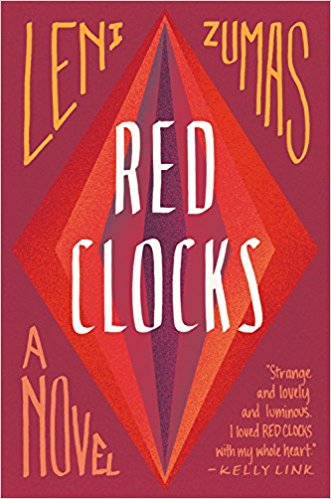
In Red Clocks, the United States has granted every unborn child full rights to life, liberty and property, resulting in countrywide bans on abortion, in-vitro fertilization and single parent adoption (because every child deserves to be raised by a traditional mother-father combo). Zumas explores how such laws could affect everyday women as she follows the journeys of the biographer, the mender, the wife and the daughter, with bits about a 19th century female polar explorer peppered throughout.
[Read more...] about Red Clocks + Green-Chile Scrambled Eggs
